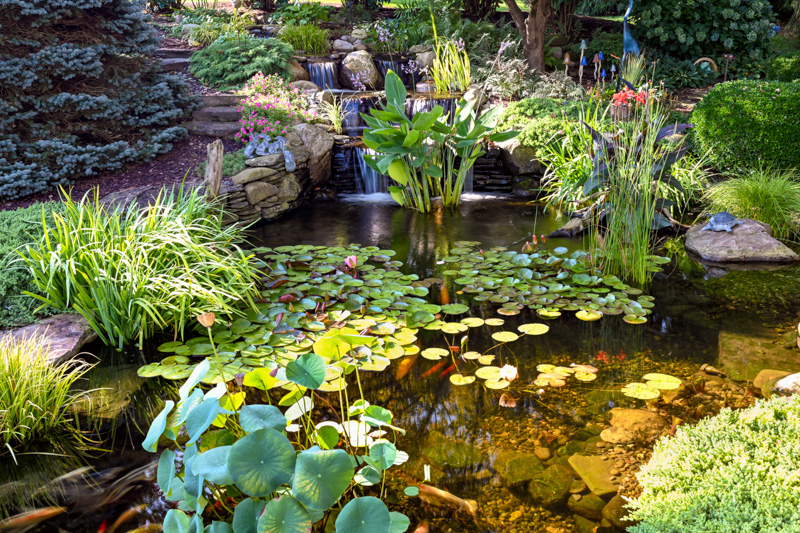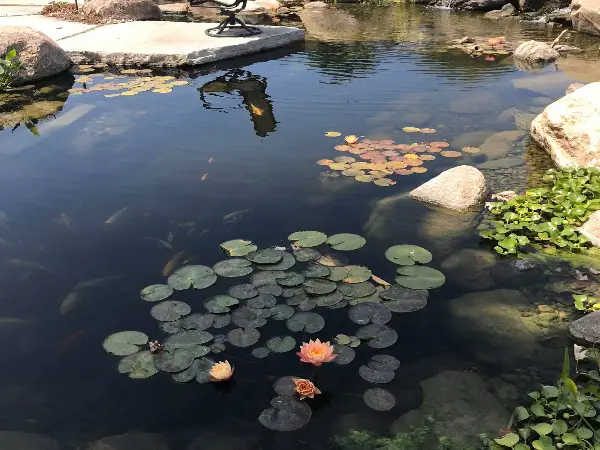Having a clear and beautiful pond is the dream of every pond owner. However, maintaining clear water can be a challenge, especially when dealing with issues like algae growth, debris accumulation, and poor water quality. Fortunately, there are several effective methods that you can employ to clear the water in your pond and create a healthy environment for your aquatic life. In this article, we will explore these methods in detail.
1. Maintain a Balanced Ecosystem
The first step in clearing water in your pond is to establish a balanced ecosystem. This means creating a harmonious environment where beneficial bacteria, plants, and aquatic life work together to maintain water clarity. Introduce aquatic plants, such as water lilies and water hyacinths, which not only add beauty but also help absorb excess nutrients that contribute to algae growth.
2. Install a Pond Filter
One of the most effective ways to clear water in a pond is to install a high-quality pond filter. Pond filters help remove debris, fish waste, and other contaminants that can cloud the water. There are different types of filters available, including biological filters, mechanical filters, and UV filters. Choose the one that suits your pond size and needs.
3. Control Algae Growth
Algae growth is a common issue in ponds and can cause water to become green and murky. To control algae growth, limit the amount of sunlight reaching the pond by adding floating plants or installing a pond shade. Additionally, consider using algae-control products that are safe for fish and plants, and follow the instructions carefully.
4. Regularly Remove Debris
Leaves, twigs, and other debris can accumulate in your pond and contribute to water cloudiness. Make it a habit to regularly remove any debris that falls into the water. Use a skimmer net or a pond vacuum to clean the surface and bottom of the pond. This will help prevent the buildup of organic matter and keep the water clear.
5. Oxygenate the Water
Adequate oxygen levels are crucial for maintaining clear water and a healthy pond ecosystem. Install a pond aerator or fountain to improve water circulation and oxygenation. This will prevent stagnation and create a favorable environment for beneficial bacteria and fish.

Credit: www.coolponds.net
6. Test and Adjust Water Chemistry
Water chemistry plays a vital role in pond clarity. Test the water regularly to monitor parameters such as pH, ammonia, nitrite, and nitrate levels. If any parameters are out of balance, take necessary steps to correct them. Adding beneficial bacteria or using water conditioners can help maintain a stable and healthy water environment.
7. Reduce Fish Stocking Density
Overstocking your pond with fish can lead to excess waste production, which can contribute to water cloudiness. It is important to maintain an appropriate fish stocking density that the pond can handle. This will minimize the accumulation of fish waste and help keep the water clear.
8. Avoid Overfeeding Fish
Overfeeding fish can lead to uneaten food sinking to the bottom of the pond, causing water quality issues. Feed your fish only the amount they can consume within a few minutes. This will prevent excess food from decomposing and help maintain water clarity.

Credit: splashsupplyco.com
Conclusion
Clearing water in a pond requires a combination of proper maintenance, filtration, and control of environmental factors. By implementing the methods discussed in this article, you can achieve and maintain clear water in your pond. Remember to regularly monitor and adjust the water parameters to create a healthy and thriving aquatic environment for your pond inhabitants.





